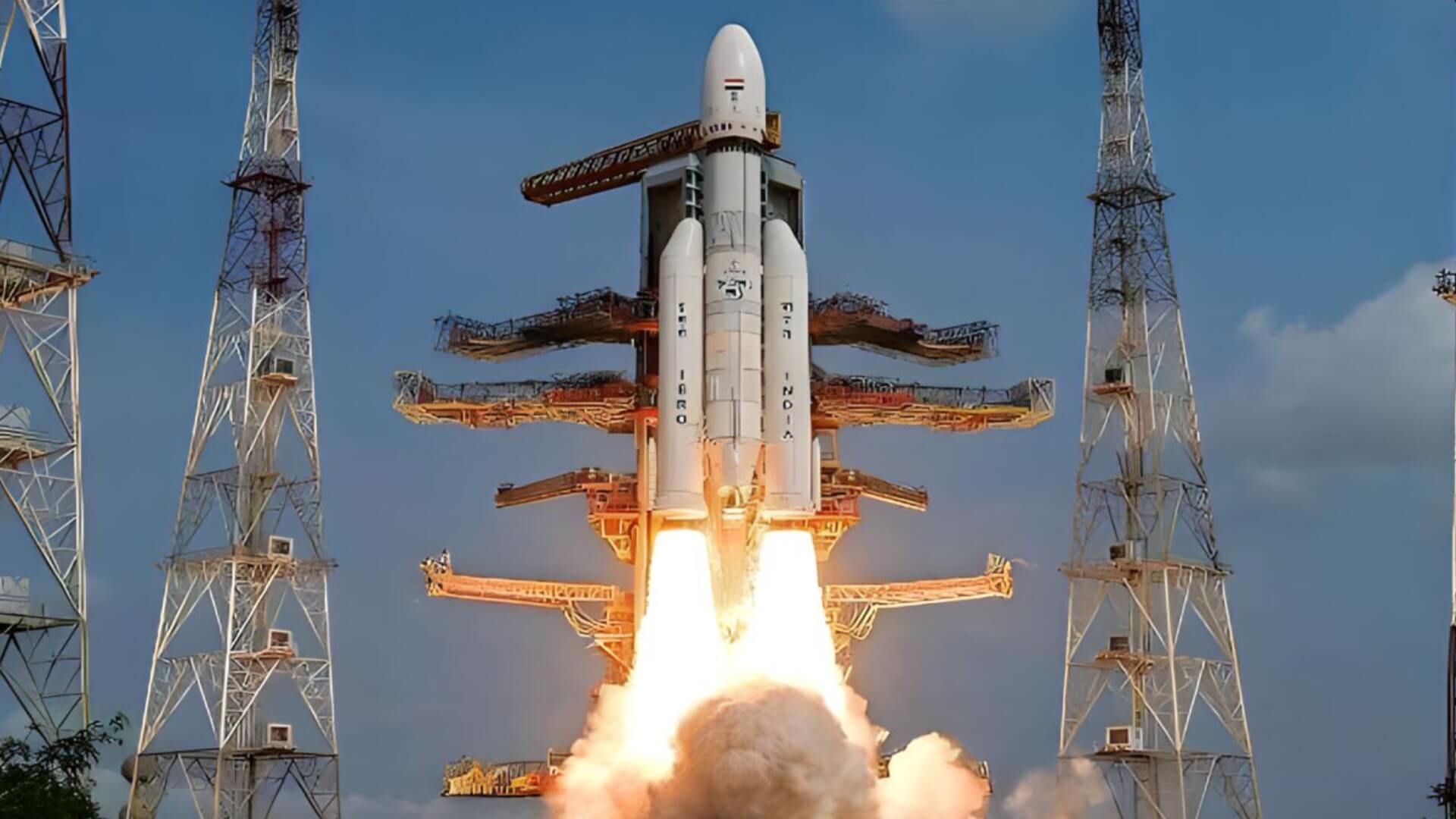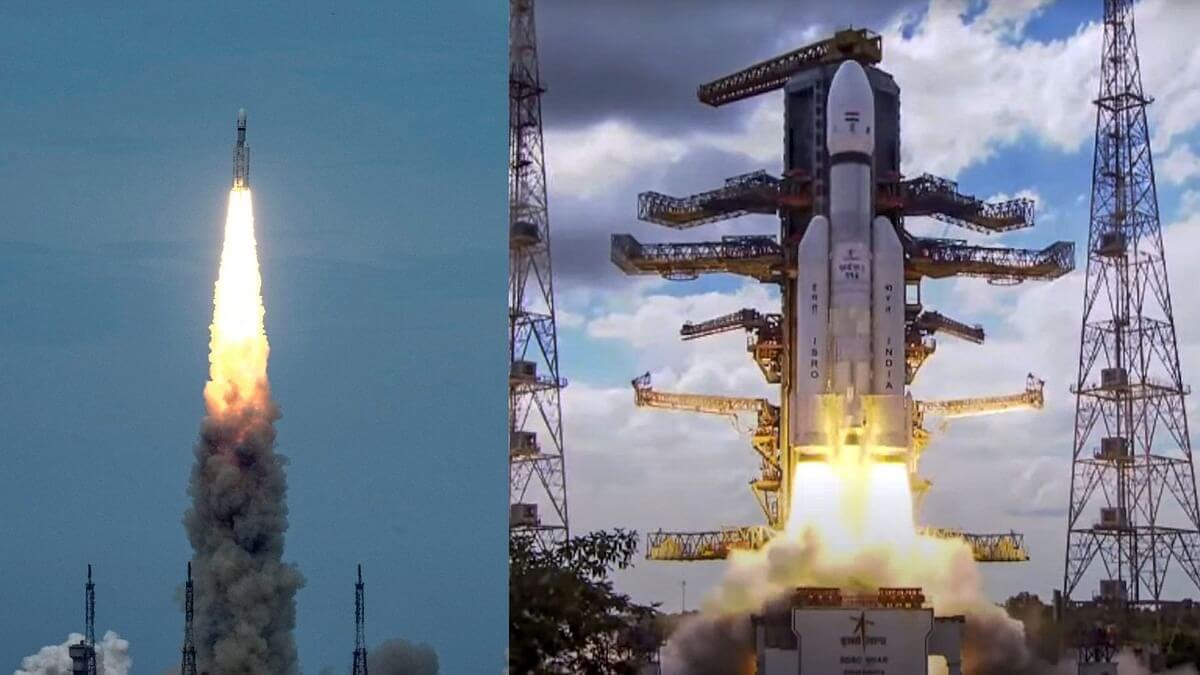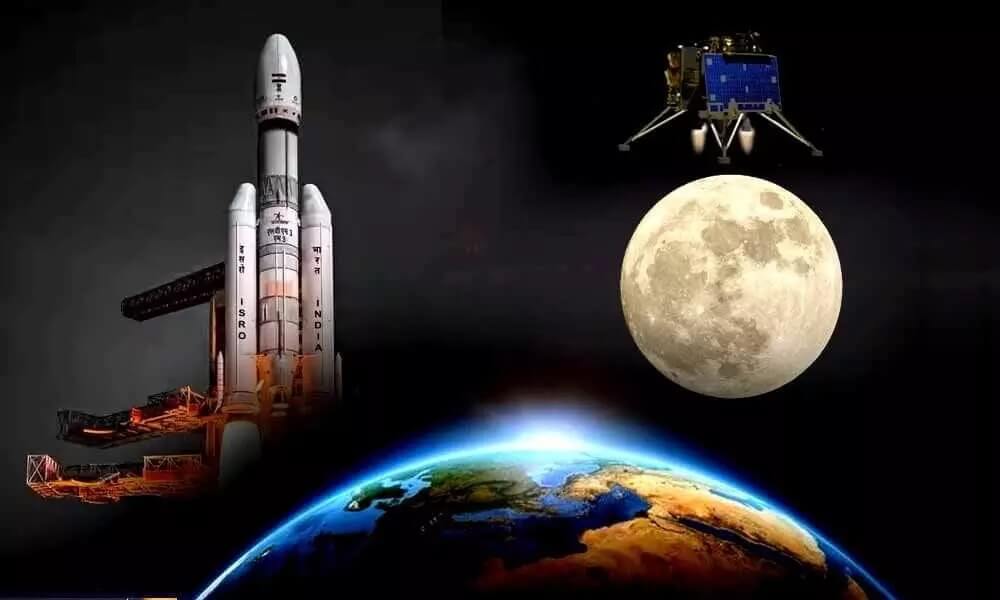
India's Quantum Leap in Lunar Exploration
Chandrayaan-3: India’s Quantum Leap in Lunar Exploration
Introduction :
Chandryan-3 India’s lunar exploration is a remarkable display of scientific prowess and ambition, India’s space agency, the Indian Space Research Organization (ISRO) is preparing for its much-anticipated mission, Chandrayaan-3. Building on the success of its predecessors, Chandrayaan-1 and Chandrayaan-2, this ambitious endeavor aims to take India’s lunar exploration to new heights. With Chandrayaan-3, ISRO aims to enhance its scientific knowledge, technological capabilities and global standing in space exploration. This blog post will discuss the exciting details of Chandrayaan-3, its objectives, technological advances and its potential impact on India’s space program and our understanding of the Moon.

I. Chandrayaan-3: An overview:
Chandrayaan-3 is India’s third lunar mission following the path set by its highly successful predecessors. The mission is set to make significant advances in lunar exploration and technology development. The primary objective of Chandrayaan-3 is to deploy a lander and a rover on the surface of the Moon, to advance our understanding of Earth’s celestial neighbor. Based on the lessons learned from Chandrayaan-2, which suffered a minor setback during the soft landing attempt, Chandrayaan-3 is attempting to rectify those issues and achieve a successful soft landing on the lunar surface.
In addition, Chandrayaan-3 will carry advanced scientific instruments to further our understanding of the lunar surface. These instruments will analyze the composition of the Moon’s soil, study the presence of water ice in the polar regions, and conduct experiments to probe the Moon’s geology and atmosphere. Data collected from these instruments will not only contribute to our understanding of the Moon, but will also help scientists draw parallels to Earth’s formation and evolution.

Third. International Cooperation:
ISRO recognizes the importance of international cooperation in space exploration. Chandrayaan-3 is no exception, as it involves collaborative efforts with various global partners. A notable collaboration is with NASA, the United States space agency. The partnership aims to promote a mutually beneficial relationship in lunar research, sharing scientific data and expertise. NASA will provide the Laser Retroreflector Array (LRA) instrument, which will be installed on the lander to help accurately measure the distance between Earth and the Moon.
ISRO’s collaboration with other countries extends well beyond NASA. This includes joint ventures with several European countries such as Germany, France and the United Kingdom. These collaborations not only promote scientific exchange but also provide opportunities for resources, technical know-how and cost-sharing, making the mission more viable and effective.

IV. Impact and Future Implications:
Chandrayaan-3 holds immense potential for India’s space program and the global scientific community. The success of the mission will enhance ISRO’s reputation as a major player in space exploration and technological innovation. It will inspire future generations of scientists, engineers and space enthusiasts in India and around the world, ignite a passion for space and foster a culture of scientific inquiry.
In addition, the scientific findings of Chandrayaan-3 will contribute to our understanding of the geology of the Moon, its potential resources and its role in the formation of the Solar System. If the presence of water ice on the Moon is confirmed, it could have profound implications for future manned missions and the establishment of a lunar base. Understanding the geology and resources of the Moon is essential to planning for sustainable human exploration and the potential use of lunar resources.
Conclusion :
Chandrayaan-3 is a symbol of India’s unwavering dedication in solving the riddles of space. With its advanced technology, international collaboration and ambitious scientific goals, the mission is set to catapult India’s space program into the global spotlight. Successful deployment of the lander and rover on the lunar surface will not only raise India’s stature in the world of space exploration, but also contribute to our understanding of the Moon’s origins, resources and potential for future manned missions. Chandrayaan-3 is a proof of this







2 thoughts on “Chandrayaan-3, India, lunar exploration, quantum leap”